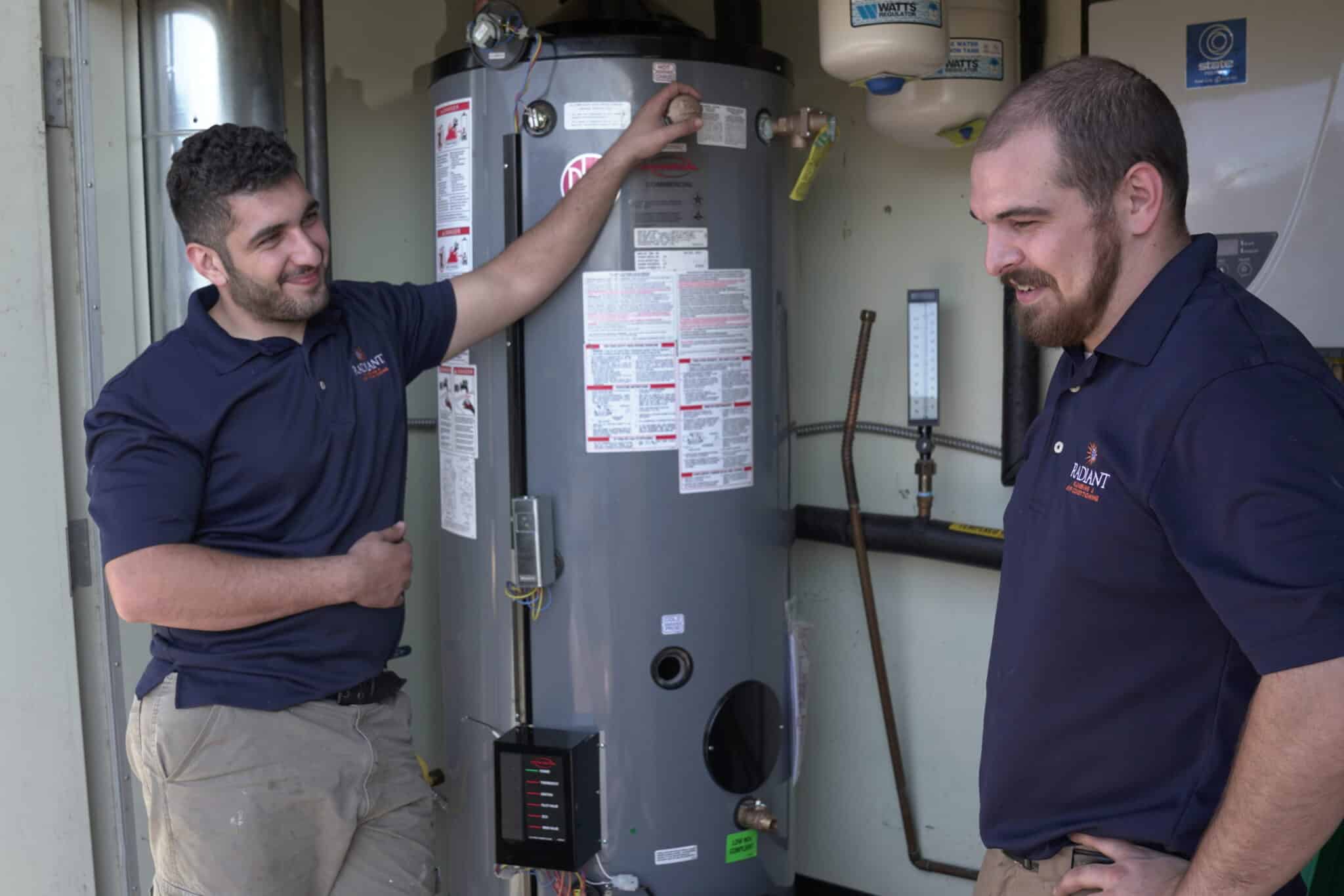Maintaining Your Home's Hot Water System: Essential Tips
Maintaining Your Home's Hot Water System: Essential Tips
Blog Article
The article author is making a few good pointers on Tips on Maintaining a Water Heater in general in this great article underneath.

Warm water is crucial for everyday convenience, whether it's for a revitalizing shower or washing dishes. To guarantee your warm water system runs efficiently and lasts longer, normal upkeep is key. This short article supplies functional pointers and insights on exactly how to preserve your home's warm water system to prevent disturbances and costly repair work.
Intro
Keeping your home's warm water system could seem challenging, however with a couple of straightforward steps, you can ensure it operates efficiently for several years to find. This overview covers every little thing from recognizing your warm water system to do it yourself upkeep tips and knowing when to contact expert assistance.
Relevance of Keeping Your Warm Water System
Regular maintenance not only extends the lifespan of your hot water system yet also guarantees it runs successfully. Disregarding upkeep can cause lowered effectiveness, higher energy expenses, and even premature failure of the system.
Indications Your Hot Water System Requirements Maintenance
Knowing when your hot water system needs attention can prevent major issues. Look out for signs such as irregular water temperature level, weird noises from the heating unit, or rusty water.
Understanding Your Hot Water System
Prior to diving into maintenance tasks, it's useful to understand the basic parts of your warm water system. Normally, this consists of the hot water heater itself, pipes, anode rods, and temperature controls.
Month-to-month Maintenance Tasks
Regular monthly checks can aid capture small problems before they rise.
Purging the Water Heater
Flushing your water heater removes sediment build-up, boosting performance and lengthening its life.
Monitoring and Changing Anode Rods
Anode poles stop rust inside the storage tank. Checking and replacing them when worn out is critical.
Evaluating and Readjusting Temperature Settings
Adjusting the temperature setups makes certain ideal performance and security.
DIY Tips for Upkeep
You can carry out several maintenance jobs on your own to maintain your hot water system in top problem.
Looking for Leaks
Frequently examine pipes and links for leakages, as these can result in water damages and higher bills.
Examining Stress Relief Valves
Testing the stress safety valve ensures it functions appropriately and avoids too much stress accumulation.
Insulating Pipelines
Protecting hot water pipelines minimizes heat loss and can conserve power.
When to Call a Professional
While do it yourself upkeep is useful, some issues call for expert proficiency.
Facility Problems Requiring Specialist Help
Instances include significant leaks, electric issues, or if your hot water heater is regularly underperforming.
Regular Professional Upkeep Conveniences
Professional upkeep can include extensive examinations, tune-ups, and ensuring compliance with safety and security criteria.
Conclusion
Routine upkeep of your home's warm water system is important for performance, long life, and cost savings. By complying with these ideas and knowing when to seek professional assistance, you can make certain a dependable supply of hot water without unforeseen interruptions.
How to Maintain an Instant Hot Water Heater
Before tinkering with your hot water heater, make sure that it’s not powered on. You also have to turn off the main circuit breaker and shut off the main gas line to prevent accidents. Also turn off the water valves connected to your unit to prevent water from flowing into and out of the appliance. 2. When you’re done, you have to detach the purge valves’ caps. These look like the letter “T†and are situated on either side of the water valves. Doing so will release any pressure that has accumulated inside the valves while at the same time avoid hot water from shooting out and burning your skin. 3. When the purge valves’ caps are removed, you have to connect your hosing lines to the valves. Your unit should have come with three hoses but if it didn’t, you can purchase these things from any hardware or home repair shops. You can also get them from retail stores that sell water heating systems. Read the user’s manual and follow it to complete this task properly. When the hosing lines are connected, open the purge port’s valves. 4. You should never use harsh chemical cleaners or solutions when cleaning your unit. Make use of white vinegar instead. It should be undiluted and you’ll probably use about 2 gallons. 5. Now flush your water heater. This task should probably take about 40 minutes. We can’t give you specific directions for this because the procedure is carried out depending on the type, model and brand of your heater. With that being said, refer to the user’s manual. 6. When you’re done draining the unit, you have to turn off the purge port valves again. Remove the hosing lines that you earlier installed on each of the water valves. Put the valve caps (purge port) back in their respective places and be very careful so as not to damage the rubber discs that are found inside these caps. 7. Now that everything’s back in place, check your user’s manual again to find out how to reactivate your water heating system. 8. Once it is working, turn one of your hot water faucets on just to let air pass through the heater’s water supply pipes. Leave the tap on until water flows smoothly out of it. https://www.orrplumbing.com/blog/2014/september/how-to-maintain-an-instant-hot-water-heater/

Hopefully you enjoyed our post on Tips For Maintaining Your Hot Water Heater. Thanks for finding the time to read through our content. Sharing is good. You never know, you may be doing someone a favor. I value reading our article about Tips For Maintaining Your Hot Water Heater.
Get Offer Report this page